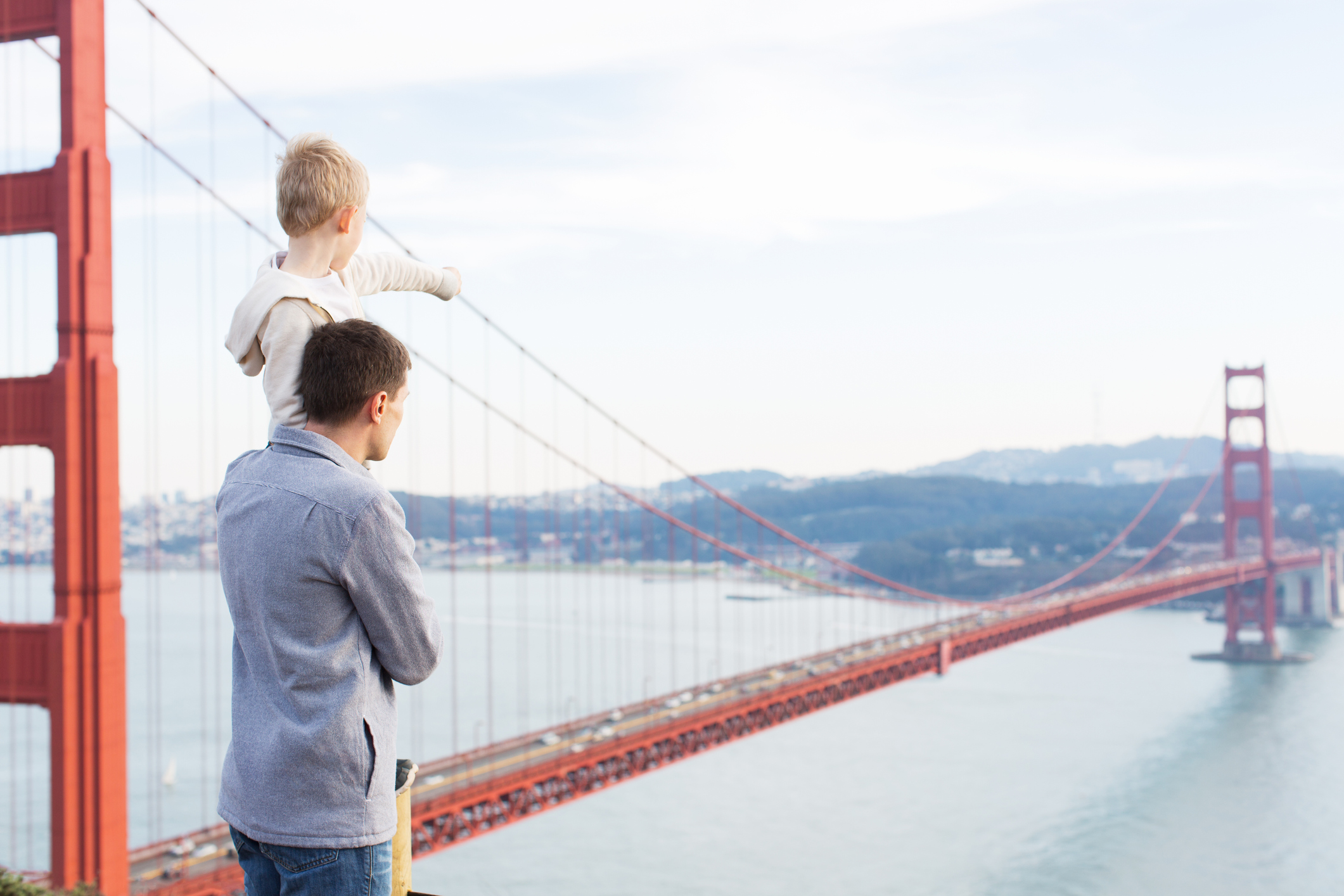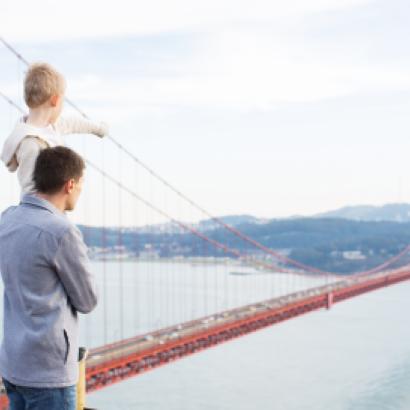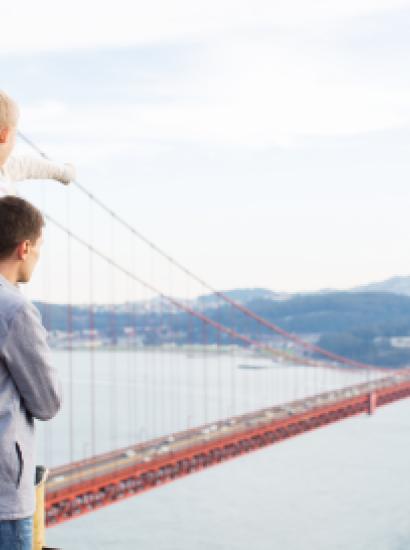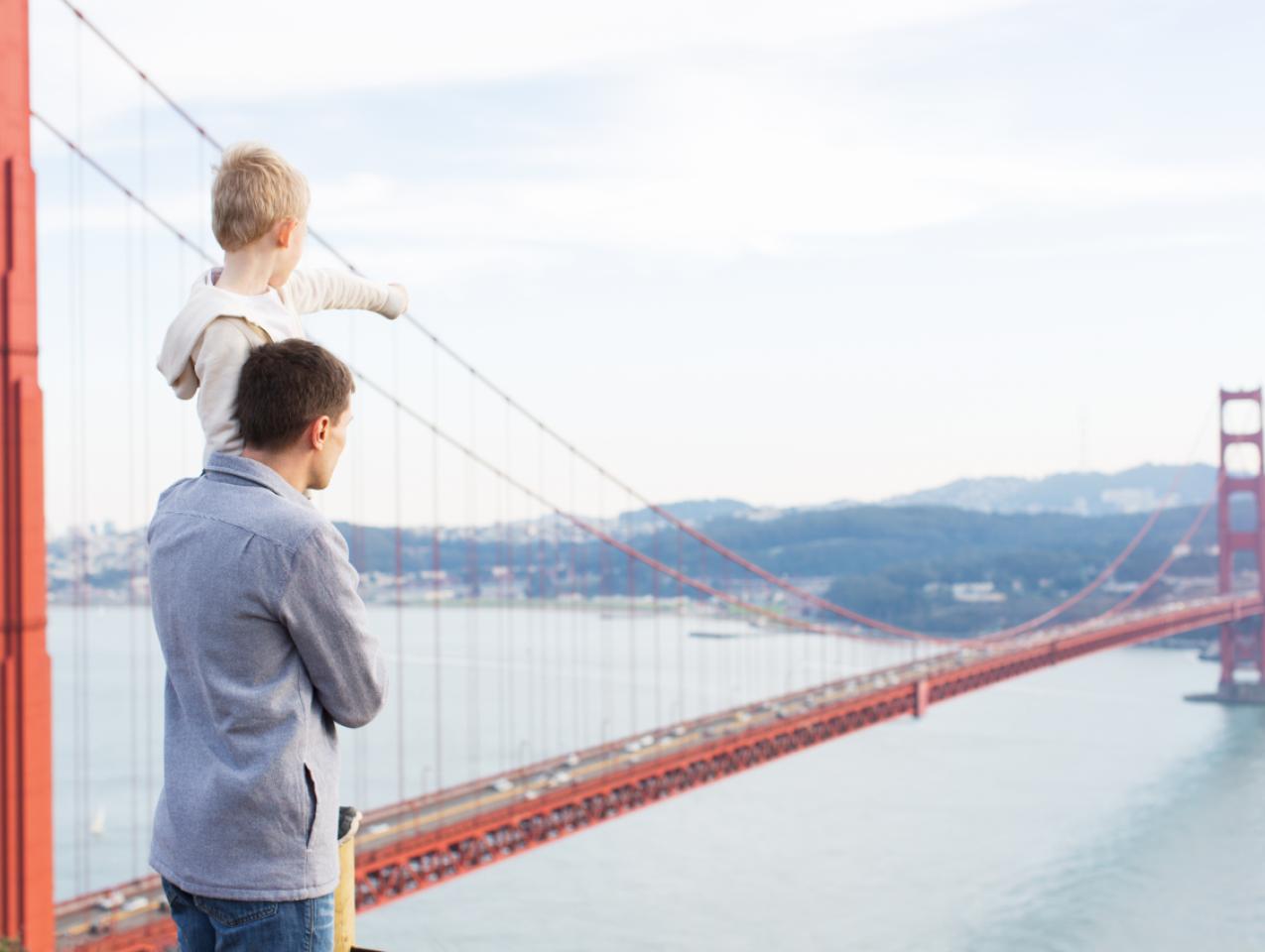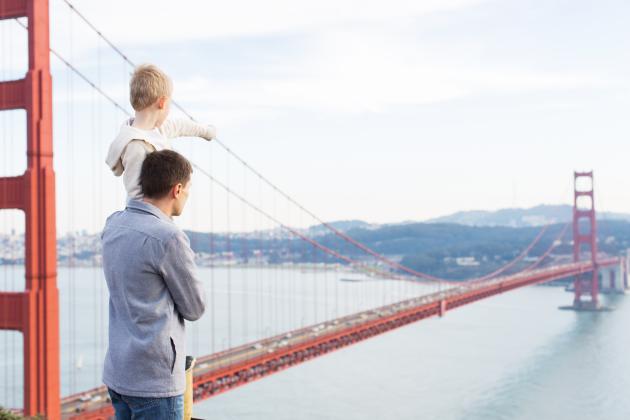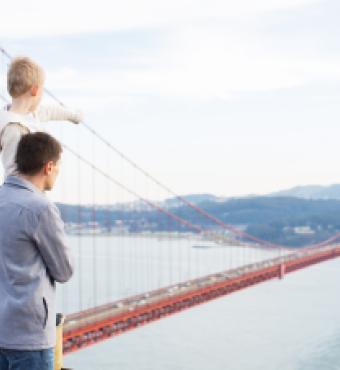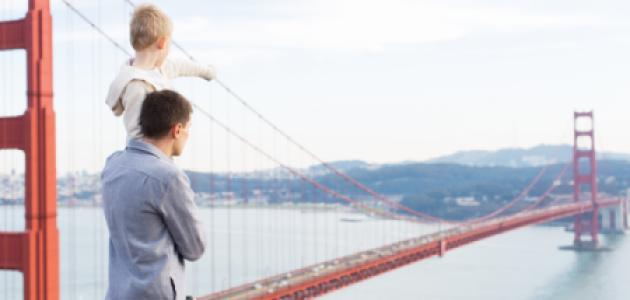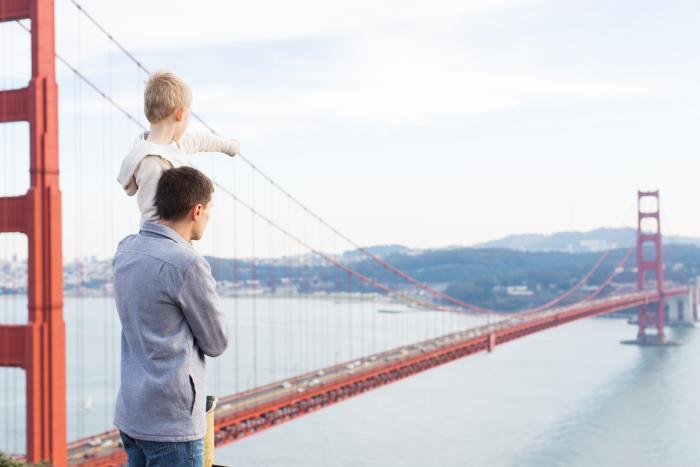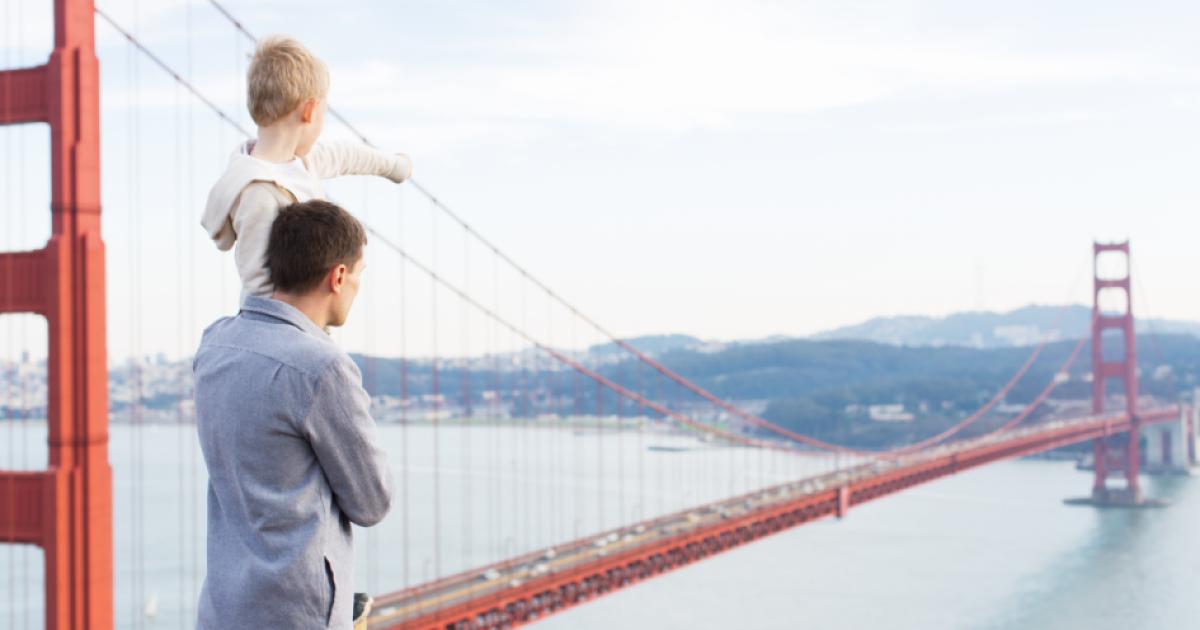- Politics, Institutions, and Public Opinion
- State & Local
- California
- Law & Policy
- Civil Rights & Race
Dear Governor Newsom,
Back in December, the high school football team in El Monte, a working-class immigrant suburb in the San Gabriel Valley, rode buses 13 hours and 750 miles to Crescent City, a poor town in California’s northwestern corner. Until the last minute, there had been doubt whether the team could make the trip. To get there, El Monte High School had to raise $10,000 overnight.
The El Monte visitors were warmly greeted around town. It was an unofficial holiday in Crescent City, because Del Norte High School was the home team for a championship football game. And it was an entertaining game, played in cold and wetness that left everyone covered in mud. El Monte won, 32-7, but both teams and both towns could take pride in an event that connected communities across the vastness of California.
Governor, you really should have been there.
I mean that, quite literally.
Yes, the California governorship has responsibilities other than going to high school football games. It’s a highly complicated job, buffeted by competing demands, and, Governor, I’m one of those who think you are off to a good start.
Even in the face of pundits who want you to focus on two or three things, you have pursued a broad agenda because California’s problems are so broad. You are right to fight so hard against the Trump administration and its many lies and attacks against our state. And your willingness to dive into our thorniest problems—from poverty to public pensions, from housing to health care—is much appreciated here, especially after eight years of Jerry Brown’s excessive caution.
But there is one highly problematic side effect to all your relentless wonkery and to your constant battles with the Trump administration. All the resulting conflict and change, I fear, add to the epidemic of anxiety and stress that I see in Californians as I travel all over the state to report for my weekly syndicated column.
Californians love California, but they also feel constantly under pressure by all the new ideas, federal-state battles, and the changes in our culture and economy. And many are wondering just how much more pressure they can handle.
I write to suggest that you make it a priority to relieve some of that anxiety. And to do that, you’ll have to better tap one of the state’s greatest natural resources: Californians’ affection for one another.
Such affection is not easy to tap into, mostly for reasons of geography. Our state’s size is an enormous handicap to getting things done. Because Californians don’t know one another. Our regions have the quality and size of states, and Californians are citizens of their regions—our economies, our weather, our cultural and sporting affections are determined by regions. But we actually don’t interact all that much with people from other regions—unless we happen to reside at any of the campuses of our two largest interregional institutions: our university systems and our prisons.
And so, when we need to solve big problems of the sort you want to tackle, it’s very hard to get people together. Sacramento is far away for most of us. And whom do we know there anyway? This is true even for the very well-connected and engaged. A few years ago, I was at an event in Sacramento where Jerry Brown’s political advisor Steve Glazer (now a state senator) was standing right next to one of California’s leading Republican players, Gerald Parsky. But they didn’t know each other. In a smaller state, a top Republican player and a top Democratic player would have met, and maybe would have a feud. But here they were strangers.
So how do we bring together the different people of California? The answer to that is to build a shared base of affection. And to do that, we need to know more about one another and the places we live.
There are so many fabulous California places that most of us don’t know exist, from the marvelous underground gardens of Fresno to the towering sand dunes along the ocean near Guadalupe. And it’s not just the tourist attractions. We Southern Californians don’t know just how remarkable the coffee is at Theory Collaborative, in Redding, and Northern Californians can’t tell you about just how smooth the hummus is at the Shawarma Guys food truck in San Diego’s South Park neighborhood.
And we don’t have enough moments where people from different corners of the state come together and really connect.
That’s where you come in.
Your knowledge of this state, and of its wonders, is unsurpassed. As lieutenant governor, you were in perpetual motion, visiting virtually everywhere in the state. And as governor, to your credit, you haven’t been stuck in the office; recently you did a weeklong homelessness tour of California, meeting with all kinds of people along the way.
But those public appearances, like almost everything you do, were framed around a policy goal, around a problem. You might be wanting to bring us together, but you were talking about our failings, and suggesting changes. That’s natural, and we need those serious, on-the-ground policy discussions. But we need something else—something broader and happier—from you right now.
We need you to cultivate affection between us, to show up in places where Californians from different regions are connecting, and to honor and highlight the connection. To tell a story of California as one place, with people who know one another, until we actually do.
So be there, and connect us, with your own movements. Show up at any of the many youth sports state championships held in Fresno. Put the state legislature on a bus up to Bishop for its annual Mule Days celebration, a Memorial Day weekend gathering of animal keepers from all over our state—and, once you’re there, ride into the ring on your own burro. Accompany a truck driver as she drives from the Port of Los Angeles up to Merced, which is developing an inland port where a military air base once stood. Join a carpool from San Bernardino up to Mule Creek or even Pelican Bay (it houses California’s most violent, dangerous inmates) with families visiting imprisoned loved ones.
I know this sounds silly, but it isn’t. When I was following around Governor Schwarzenegger for a book on his rise to political office, I found that his most effective appearances were not about a political campaign or policy messaging. He made the most impact when he simply showed up, often in an impromptu way, to see people who weren’t used to being seen—farmworkers in the San Joaquin Valley, or pudgy middle-aged workout warriors in a Riverside gym.
That’s why you would have been wise to make the time to go up to Crescent City for the El Monte game. You could have made a small intrastate occasion a much bigger deal. And yes, it would have taken a day you might have spent on budget preparation. And yes, your hair would have gotten all messed up in the wind and the rain. The mud might even have ruined a pair of good shoes.
But you would have been building up the affection between Californians and their regions. That’s the kind of work we need from our governor in this age of anxiety.
Joe Mathews, an editor and California columnist at Zócalo Public Square, is the author of The People’s Machine: Arnold Schwarzenegger and the Rise of Blockbuster Democracy.







